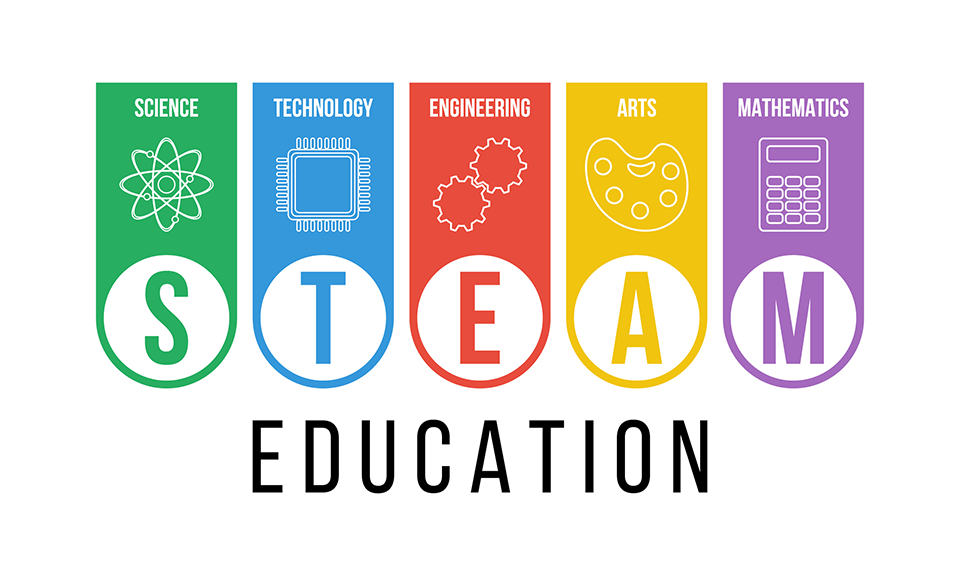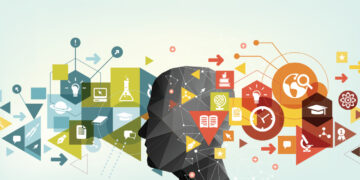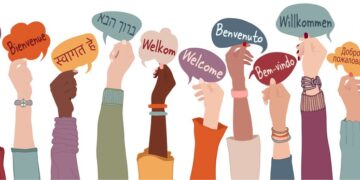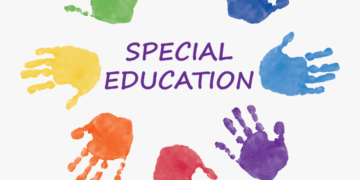Breaking Down Walls: The Power of Integrated Learning
Integrated education distinguishes itself by intentionally blurring the traditional boundaries between subjects. Instead of teaching science, technology, engineering, arts, and mathematics (STEAM) as isolated disciplines, it promotes a holistic understanding of how they intersect and inform one another. This approach aims to create a learning environment where students naturally see connections and apply knowledge across different areas, fostering a comprehensive and versatile skill set.
This interdisciplinary approach encourages students to think critically and creatively, preparing them for a future where collaboration across fields is essential. By breaking down traditional subject silos, integrated education fosters innovation and equips students with the tools they need to succeed in an ever-changing world.
One of the key benefits of this approach is its ability to enhance engagement and competency. Studies have shown that interdisciplinary projects boost scientific engagement, competency, and content knowledge across diverse student demographics. This cultivates a stronger sense of identity and fuels interest in fields like biotechnology, which are vital for a robust talent pipeline.
Moreover, integrated education prepares students for the future by providing them with opportunities to explore the intersections between different fields. This approach equips them to be adaptable and innovative problem-solvers. The challenges of tomorrow will require individuals who can think critically, creatively, and collaboratively across disciplines, and integrated education is designed to cultivate these skills.
Learning by Doing: The Impact of Hands-On Projects
A cornerstone of integrated education is its emphasis on hands-on, project-based learning. This approach allows students to apply theoretical knowledge in practical contexts, enhancing their understanding and retention. By working on real-world projects, students learn to solve problems creatively and develop critical thinking skills.
Initiatives like BioBuilderClub demonstrate how integrating knowledge from biology, engineering, technology, art, and mathematics can significantly improve student engagement and competence. These projects not only enhance understanding but also foster a deeper appreciation for the interconnectedness of different fields.
The benefits of project-based learning extend beyond the classroom. This approach equips students with creative problem-solving skills and promotes interdisciplinary innovation. By embracing hands-on experiences, educators are preparing students to tackle complex challenges and contribute to a rapidly evolving world.
Sparking Ingenuity: Weaving Art into Science and Tech
The integration of art within science and technology fields is fostering a new wave of creativity and innovation. This interdisciplinary approach is reshaping how future generations learn and problem-solve. By combining artistic expression with scientific inquiry, educators are cultivating well-rounded individuals who can think critically and creatively.
The rise of integrated education is driven by its emphasis on hands-on, cross-disciplinary experiences. Project-based learning and digital toolkits are becoming increasingly popular, equipping individuals with critical thinking and collaborative skills. This approach recognizes that creativity is not limited to the arts but is essential in all fields of endeavor.
One region that is significantly contributing to the global integrated education market is North America. In 2024, it held a substantial share, reflecting the region’s commitment to integrating art with science and technology. This highlights the region’s role in driving initiatives and fostering innovation.
The global integrated education market demonstrates strong growth, with projections indicating continued expansion in the coming years.
| Region | 2024 STEAM Education Market Size (USD Billion) | Market Share (%) | 2034 Projected Market Size (USD Billion) |
|---|---|---|---|
| North America | 6.6 | 36 | (not specified in the table) |
| Global | 18.35 | 100 | 54.50 |
Data source: Market.us “Steam Education Market Size, Share | CAGR of 11.5%” June 2025
Technology plays a crucial role in enhancing integrated education. AI-powered platforms and virtual labs are making creative experimentation more accessible, enabling individuals to explore and innovate in ways previously unimaginable. These tools empower students to develop their creative potential and apply their skills in real-world contexts.
The Power of Discovery: How Science Builds Problem-Solving Skills
Exploring integrated education reveals how scientific methods cultivate crucial problem-solving skills. By integrating science, technology, engineering, arts, and mathematics, students learn to approach challenges with creativity and analytical thinking, preparing them for future innovation.
Integrated education emphasizes hands-on experimentation, encouraging students to learn through trial and error. This approach helps develop resilience and adaptability, essential for navigating complex problems. By applying scientific methods, students learn to formulate hypotheses, test them, and analyze results, fostering critical thinking.
The interdisciplinary nature of integrated education promotes a holistic understanding of problem-solving. Students learn to connect different fields, seeing how scientific principles apply to artistic design or how technology can enhance mathematical understanding. This integration cultivates versatile thinking and prepares students to tackle complex challenges from multiple perspectives.
Experimentation is at the core of integrated education, driving innovation and creativity. Students are encouraged to explore novel solutions, take calculated risks, and learn from failures. This mindset empowers them to become proactive problem-solvers and future innovators.
The focus on experimentation within integrated education prepares students for real-world challenges. They develop skills in data analysis, critical evaluation, and collaborative problem-solving, all vital for success in various fields. This practical approach bridges the gap between theory and application, ensuring that students are well-prepared for the demands of the modern workforce.
Integrated education significantly contributes to developing a workforce equipped with essential problem-solving skills.
From Theory to Practice: Applying Knowledge to Real-World Challenges
Integrated education is increasingly emphasizing the practical application of technical skills. This shift prepares students to tackle real-world challenges by integrating interdisciplinary knowledge and hands-on problem-solving, fostering essential skills for the modern workforce.
Modern integrated programs prioritize hands-on, interdisciplinary problem-solving. This approach enhances creativity, critical thinking, and adaptability, which are crucial for addressing complex challenges. By applying technical knowledge in practical scenarios, students develop a deeper understanding and a greater appreciation for the relevance of their education.
The integrated education market is expanding, propelled by the integration of technology in classrooms. Curricula are being shaped to emphasize real-world applications, ensuring students gain skills relevant to industries like product design, environmental science, and healthcare. This focus on practical skills is driving the growth of the market and preparing students for successful careers.
The increasing availability of digital tools in education allows students to engage with innovative learning methods. These methods bridge technical expertise with practical application, aligning with the demand for professionals who possess both creative insight and robust technical competence. By providing access to these tools, educators are empowering students to develop the skills they need to succeed in a rapidly evolving world.
Q&A
Question 1: What is STEAM education, and how does it differ from traditional subject-based learning?
Answer: STEAM education integrates Science, Technology, Engineering, Arts, and Mathematics, breaking down traditional subject silos. Unlike traditional learning which teaches subjects in isolation, STEAM fosters a holistic understanding of how these disciplines interconnect, encouraging students to apply knowledge across different areas through hands-on, project-based learning.
Question 2: What are the key benefits of project-based learning within a STEAM education framework?
Answer: Project-based learning significantly enhances student engagement and competency. It allows students to apply theoretical knowledge to real-world problems, improving understanding and retention. This approach also cultivates crucial 21st-century skills like critical thinking, creativity, collaboration, and problem-solving. Studies show a positive impact on scientific engagement and competency across diverse student demographics.
Question 3: How is the integration of art impacting STEAM education and its market growth?
Answer: The integration of art within science and technology is fostering creativity and innovation. This interdisciplinary approach is driving the growth of the STEAM education market, particularly in North America, which held a substantial share in 2024. The use of digital tools and AI-powered platforms further enhances accessibility and creative experimentation. The global market shows strong growth projections for the coming years.







